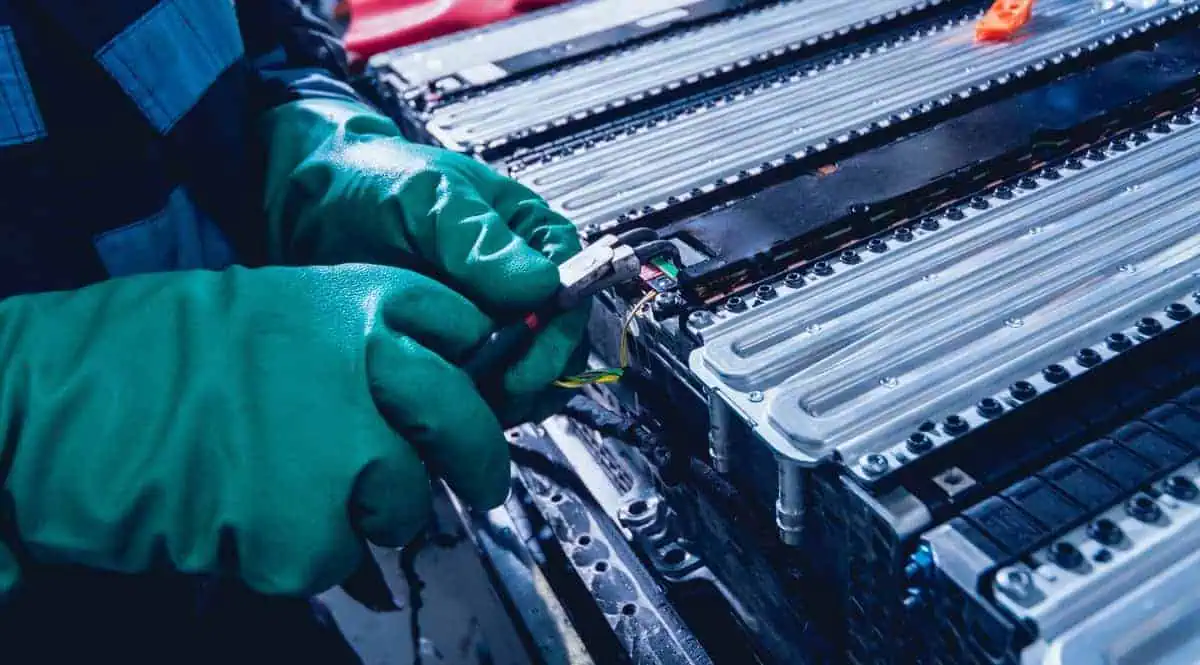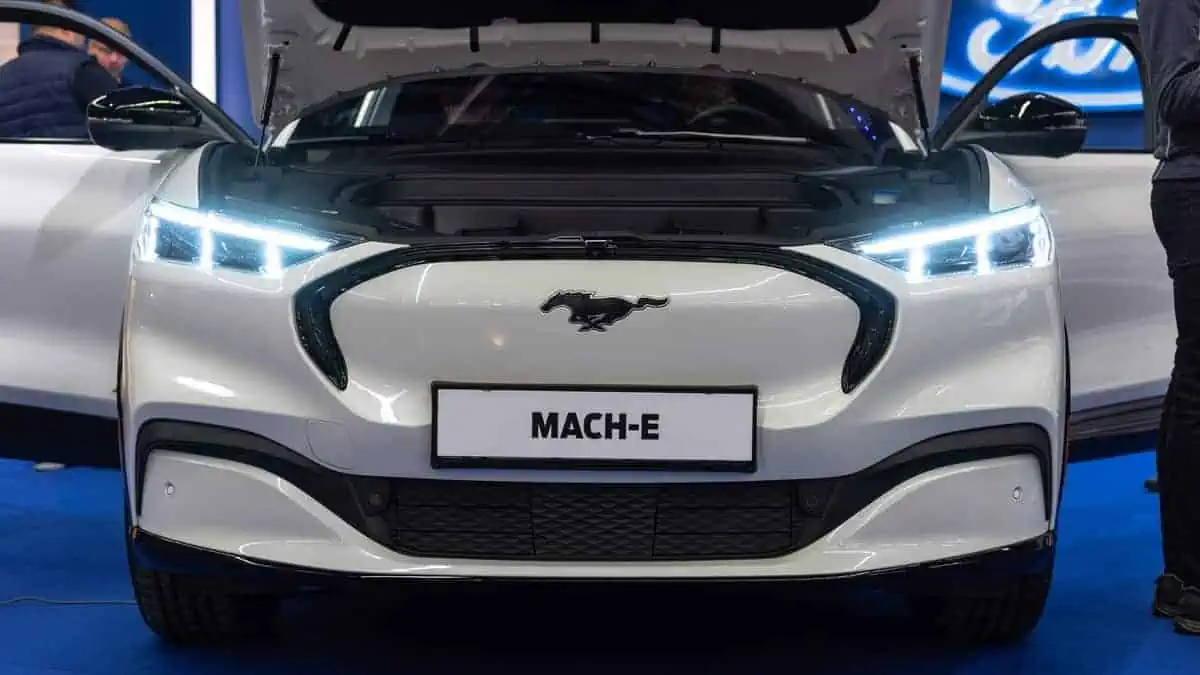Southern Chinese city Sanya is reported to provide a subsidy of approximately 10,000 yuan ($1,381) for a single vehicle from September 17, 2022, until March 31, 2023, as per CnEVPost.
This government initiative is a part of a more significant effort to boost battery-swapping technologies in new energy vehicles. China also offers tax exemptions and vehicle purchase subsidies to support the adoption of NEVs.
By April 30, 2023, these vehicles must have access to the NEV regulatory platform in Hainan and a unique local NEV plate. Additionally, a service contract must be signed by users with a Sanya battery swap service provider.
According to Pandaily, Hainan has pushed the uptake of roughly 53,300 NEVs over the first three quarters of this year. Three months ahead of schedule, it surpassed an annual goal of 50,000 vehicles, 85.6% of which are privately owned.
For several years, Hainan has had China’s highest growth rate for NEVs. The total number of NEVs in Hainan had risen to 171,700 units by the end of September. It represented 9.54% of all vehicles.
It is also worth noting that Hainan has overthrown Beijing and Tianjin but only came in second to Shanghai in the past year.
In Hainan, Sanya is at the forefront of the adoption of NEVs. In fact, Sanya entered the first set of pilot cities in China for NEVs that facilitate battery swapping in October 2021.
The report states that varying amounts of subsidies of up to RMB 10,000 for a single vehicle will be offered depending on the purchase price.
In hindsight, models costing more than RMB 300,000 are not qualified for subsidies under the existing national subsidy program. Meanwhile, battery swap-enabled models are exempted from this standard.
NIO is currently the dominant brand in battery-swapping technology in the country. All of its models are battery-swap-enabled.
On the other hand, SAIC Group also attempted to penetrate the market by launching its battery swap-enabled R7 model last month. Notably, it was the company’s first offering following its rebranding.
In retrospect, more than 2,000 new energy vehicles sales were anticipated to be sold in 2021 based on the pilot plan for Hainan’s battery-swapping technology. Likewise, over 20 battery swapping stations were also planned.
By 2025, both numbers are anticipated to reach 10,000 and 50, respectively.
Battery swapping technology effectively solves the driver’s problem with charging stations. It reduces charging time dramatically and eliminates drivers’ anxiety over not finding a charging station or finding an inoperable one.






